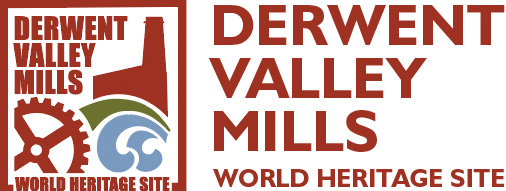We live in the Ecclesbourne Valley in Derbyshire, UK. The River Ecclesbourne is a tributary of the River Derwent the valley of which is a UNESCO World Heritage Site. Our hives are located in Duffield in the Ecclesbourne Valley. The river Ecclesbourne flows into the river Derwent in this beautiful part of Derbyshire. Our bees have access to a wide variety of forage and water from the river.
Hives
We currently have 6 hives named Polly, Hazel, Bramble, Borage, Marie and Tatiana.
Why?!? I understandably hear you ask – well……
Marie was originally our first Queen which we got from our mentors Marie and Keith. That queen has changed now but that colony will be known as Marie in tribute.
Hazel was the colony we transferred from Hazelwood after we bought some from a retiring keeper. There was some combining done at Hazelwood and this is the one colony that got transferred to the Duffield apiary.
Tatiana was also from Marie and Keith when we thought we’d lost a queen. They kindly gave use an old queen that was about to be replaced in their apiary. She was marked as a white queen (at that time 4 years old – at least middle aged for a queen bee) and looked a bit tatty. She did us proud and not only thrived but was superseded over the next winter by her daughter – quite unusually co-existing with her for some time. Hence that was the colony of the Tatty White queen which is now Tatiana.
Borage was a split from Hazel after a swarm and we set this up in a large patch of borage. That involves moving the frame with the chosen Queen cell on it with some supporting workers, nursery bees and brood waiting to hatch
Bramble was a split from Borage after the same swarm left (above) and we had several queen cells. Rather than reduce them to one before emerging we took one and created a new hive surrounded by brambles.
Polly started life in a polystyrene nucleus (poly nuc). A nucleus is smaller than a full hive and are used to nurture queens, sell colonies etc. Once the colony started to thrive it was transferred into a full wooden ‘National’ hive but retained the name Polly.
In the spring there are lots of Hawthorn and Blackthorn hedgerows, Dandelions, Bluebells and Buttercups. The wonderful lime trees in the summer makes fine fragrant Honey. Jasmine, Budlea, Elderflower and a variety of garden flowers, Himalayan Balsam, Borage, Bramble and Ivy into the autumn give our bees a wonderful variety of pollen and nectar.
Add link to pollen chart
Add link to do with Valley trust and link to OS map.

